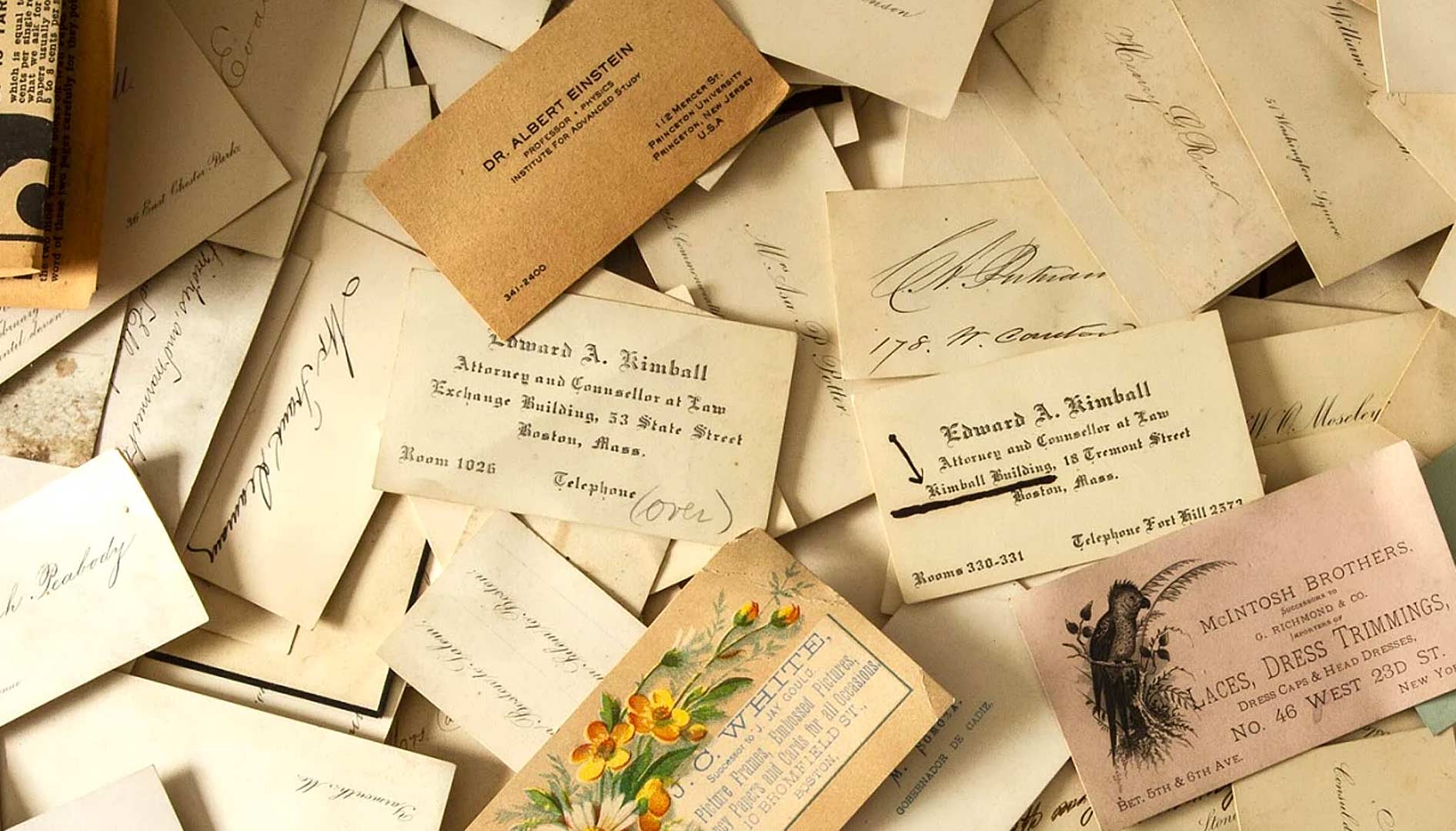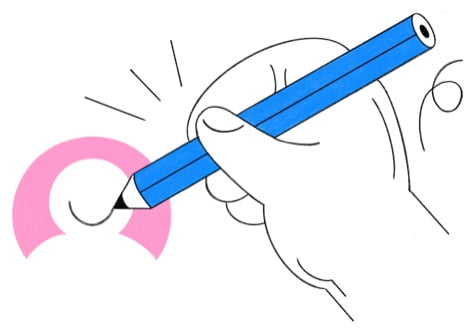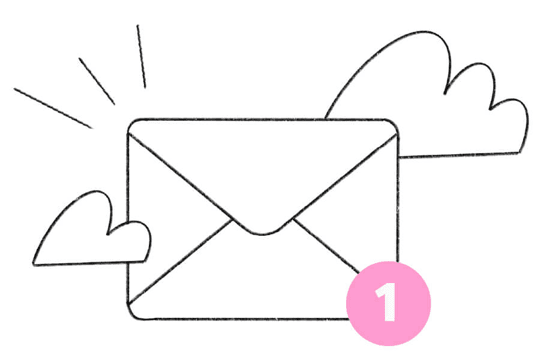TUTORIALS
Business Cards are not dead, and this is why
The humble business card has become the subject of a digital conspiracy theory. Many have proclaimed that the day of the business card is gone, unceremoniously replaced by connections through social media, assuming somebody can find you amidst the chaos of the internet.
Jun 4, 2018
•
4 min read














